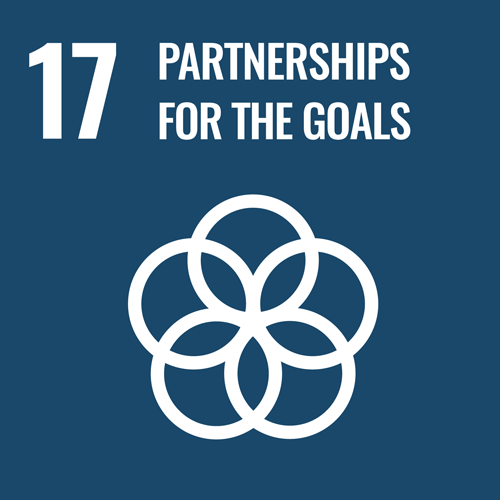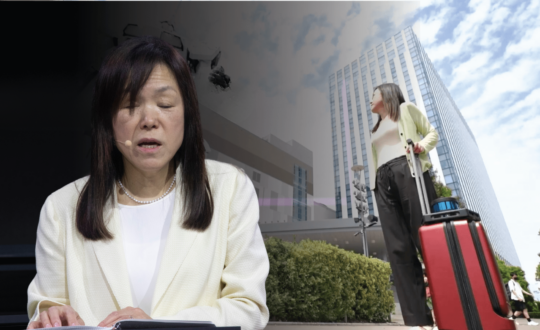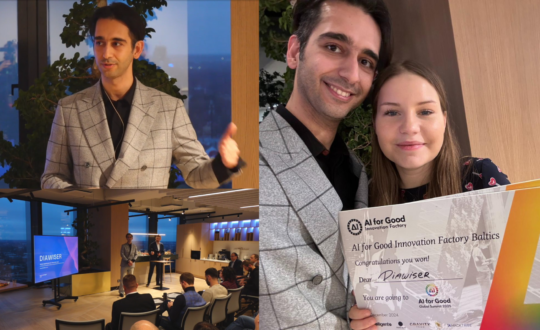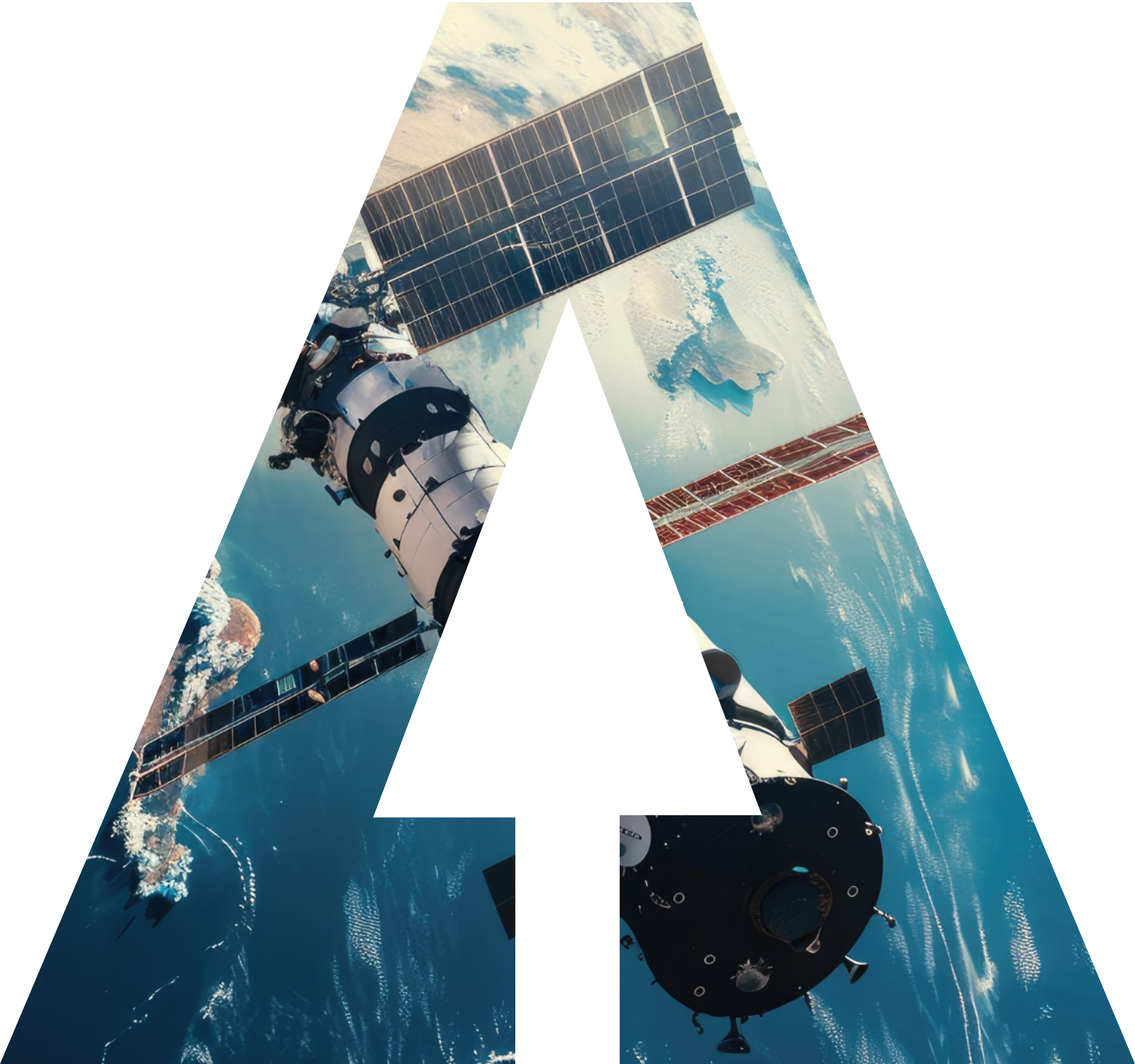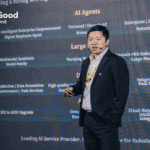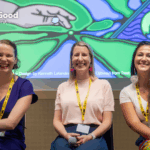At the AI for Good Global Summit 2024, the stage was set for a groundbreaking demonstration that showcased the future of mobility through AI-powered exoskeletons. Nicolas Simon, Founder and President of Wandercraft, and Charlotte Fairbank, a professional wheelchair tennis player, captivated the audience with their compelling presentation and live demonstration of the advancements in exoskeleton technology. The event underscored the significant strides being made in using artificial intelligence (AI) to improve the quality of life for individuals with mobility impairments.
A Visionary Beginning
Nicolas Simon, who founded Wandercraft 12 years ago, drew his inspiration from personal experiences with a genetic disease in his family, which causes severe mobility issues. This personal connection fueled his determination to leverage technology for a greater cause.
His vision was to create a device that could fundamentally change the lives of people confined to wheelchairs, allowing them to regain mobility and independence. Inspired by early robotics developments, particularly the dynamic robots from Boston Dynamics, Simon saw the potential to apply similar principles to human-assistive technology.
“I told myself, okay, so now we have the science to reproduce the inner workings of an animal brain, and what I want to do with technology is to build a new device to help people in wheelchairs walk again,” Simon explained.
A Decade of Innovation
Wandercraft has spent over a decade developing an advanced exoskeleton that incorporates AI to mimic human movement. With 12 degrees of freedom, 12 motors, and an array of sensors, the device computes optimal motions to maintain stability. “We take all this information at 1,000 Hz per second to compute the optimal motion to keep the stability,” Simon detailed. “It’s a very hard problem because even for a child, it takes one year to learn how to walk.”
The complexity of human walking, which involves constant adjustments for balance and movement, is replicated in the exoskeleton through sophisticated algorithms and AI. The exoskeleton’s design is akin to the lower half of a humanoid robot, equipped with numerous sensors, including ground sensors, inertial sensors, and position sensors. This intricate system ensures that the user can walk smoothly and safely.
Their first product, Atalante, released in 2019, has already assisted over 2,000 patients in rehabilitation centers, helping them relearn to walk after strokes.
“The end goal was always to build the device for people to be able to take them home, to use it in their home environment or in the streets, to go into a park with their friends,” Simon emphasized.
Charlotte Fairbank’s Journey
Charlotte Fairbank, who has been a full-time wheelchair user for 16 years following a severe accident, shared her personal experience with Wandercraft’s exoskeleton. “Wandercraft has enabled me to walk again,” Fairbank said, highlighting the life-changing impact of the technology. During the summit, Fairbank demonstrated her ability to walk across the stage using the exoskeleton, an inspiring sight for the audience. “The exoskeleton is controlled by a remote and a motion sensor that detects my initial movements, my intentions really,” she explained.

Fairbank’s journey with Wandercraft began in August 2022 when she started using their rehabilitation device. The device not only allowed her to walk again but also significantly improved her overall quality of life.
“For the first time in 16 years, I can walk across a main stage,” Fairbank said, a statement that resonated deeply with the audience.
Her demonstration included switching between different modes and speeds, showcasing the exoskeleton’s versatility and ease of use.
The Future of AI in Mobility
The integration of advanced AI and machine learning techniques is paving the way for even more sophisticated capabilities in exoskeletons.
“It’s like you’re able to reproduce the performance of the human brain. So, whatever you are able to do with your body, the machine is able to do it. So for example, we have new algorithms that are able to handle pushing slopes, stairs, and we’re also adding vision sensors on the device,” Simon explained.
This continuous innovation is crucial for adapting to complex environments and improving user experience.
The advancements in AI enable the exoskeleton to process vast amounts of data in real-time, making instantaneous adjustments for stability and movement. This capability is vital for users navigating varied terrains, ensuring they can move safely and confidently. The addition of vision sensors will further enhance the device’s ability to interact with its environment, providing an additional layer of safety and functionality.
Accessibility and Impact
A significant milestone in making this technology accessible was achieved when Medicare decided to cover personal exoskeletons starting April 2024. “It’s a complex machine, and it has a cost, but Medicare decided to cover personal exoskeletons,” Simon announced. “It means that in the US, 70% of people with spinal cord injuries will have access to such a device.”
This decision by Medicare marks a critical step in ensuring that life-changing technologies are not just available but also affordable for those who need them most. The coverage will provide significant financial relief to users, allowing them to benefit from the exoskeleton without the burden of prohibitive costs. Simon expressed hope that other countries, including France, would follow the US example, further expanding access to this revolutionary technology.
Scaling Production
Wandercraft’s vision extends beyond technological advancements to making these life-changing devices widely accessible. By scaling production, they aim to significantly reduce costs.
“In the end, it’s only like 12 electric motors, so there’s no reason that the cost cannot go down,” Simon argued. “For example, it’s 10 times less weight than a car, 10 times fewer components, so there’s no reason it cannot cost 10 times less than a car.”
Scaling production is a strategic move to meet the high demand for exoskeletons. With millions of people worldwide who could benefit from these advancements, large-scale manufacturing will play a crucial role in making the technology more affordable. The economies of scale will help drive down costs, making the exoskeletons accessible to a broader audience.
The AI for Good Global Summit showcased not just a technological marvel but a profound human impact story. With leaders like Nicolas Simon and inspiring users like Charlotte Fairbank, the future of mobility is on a promising trajectory. As AI continues to evolve, so too does its potential to transform lives, bringing the dream of independent mobility closer to millions around the globe.
Simon’s closing remarks encapsulated the spirit of innovation and hope driving Wandercraft’s mission.
“For us, AI is really about empowering people. The science, the technology, I’m a true believer in progress and science, and this is a good example of what we can do if we use the technology well.”





